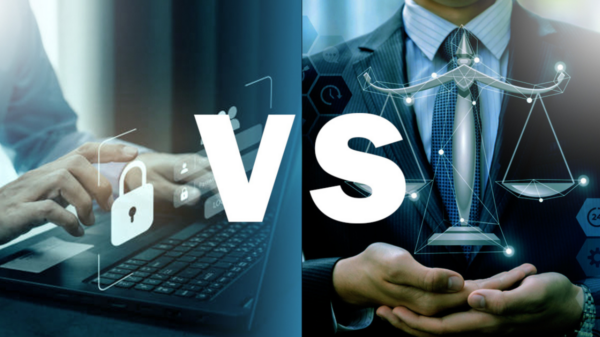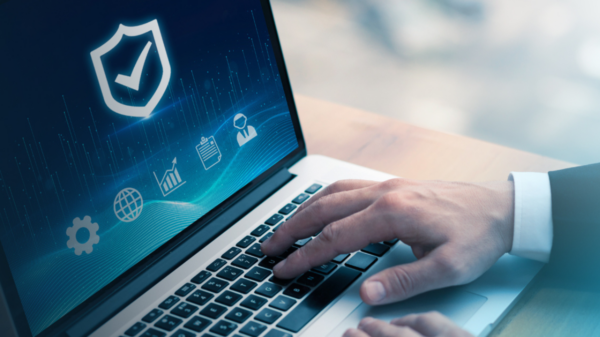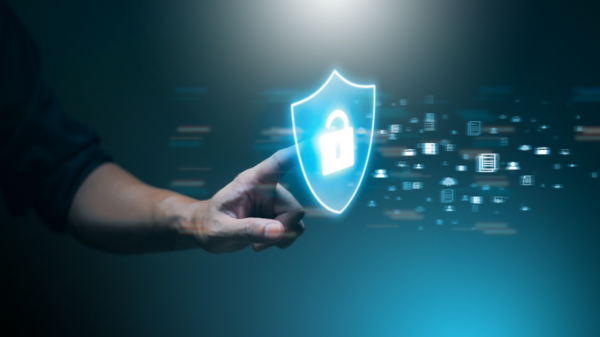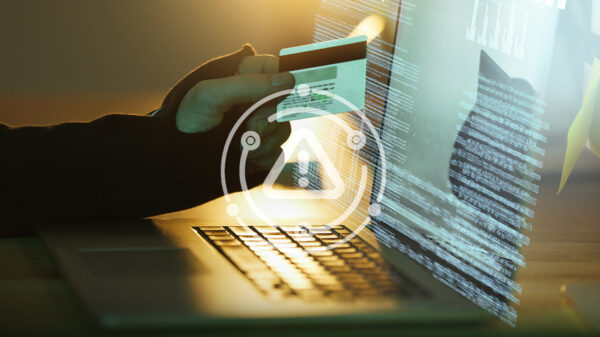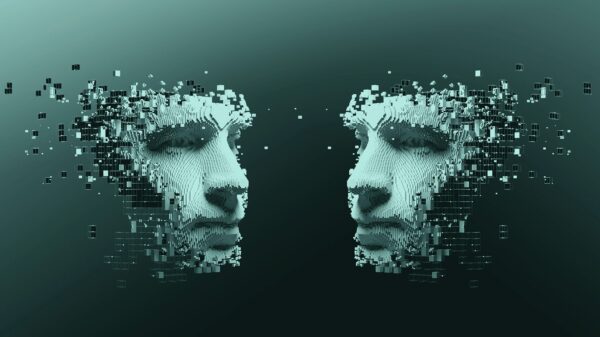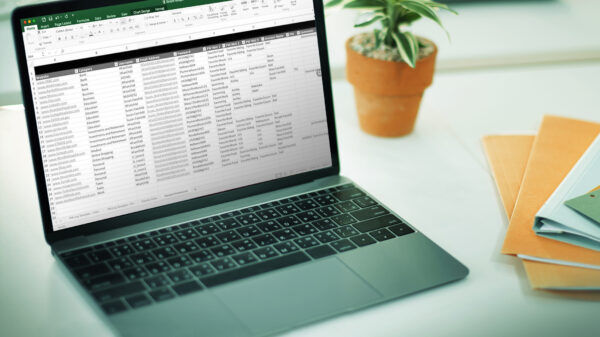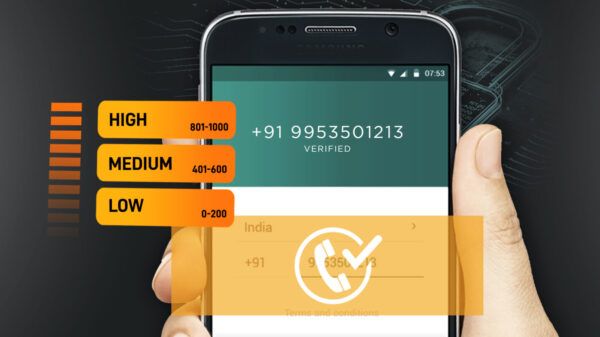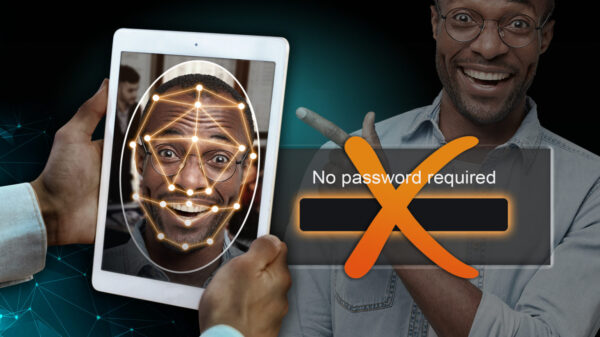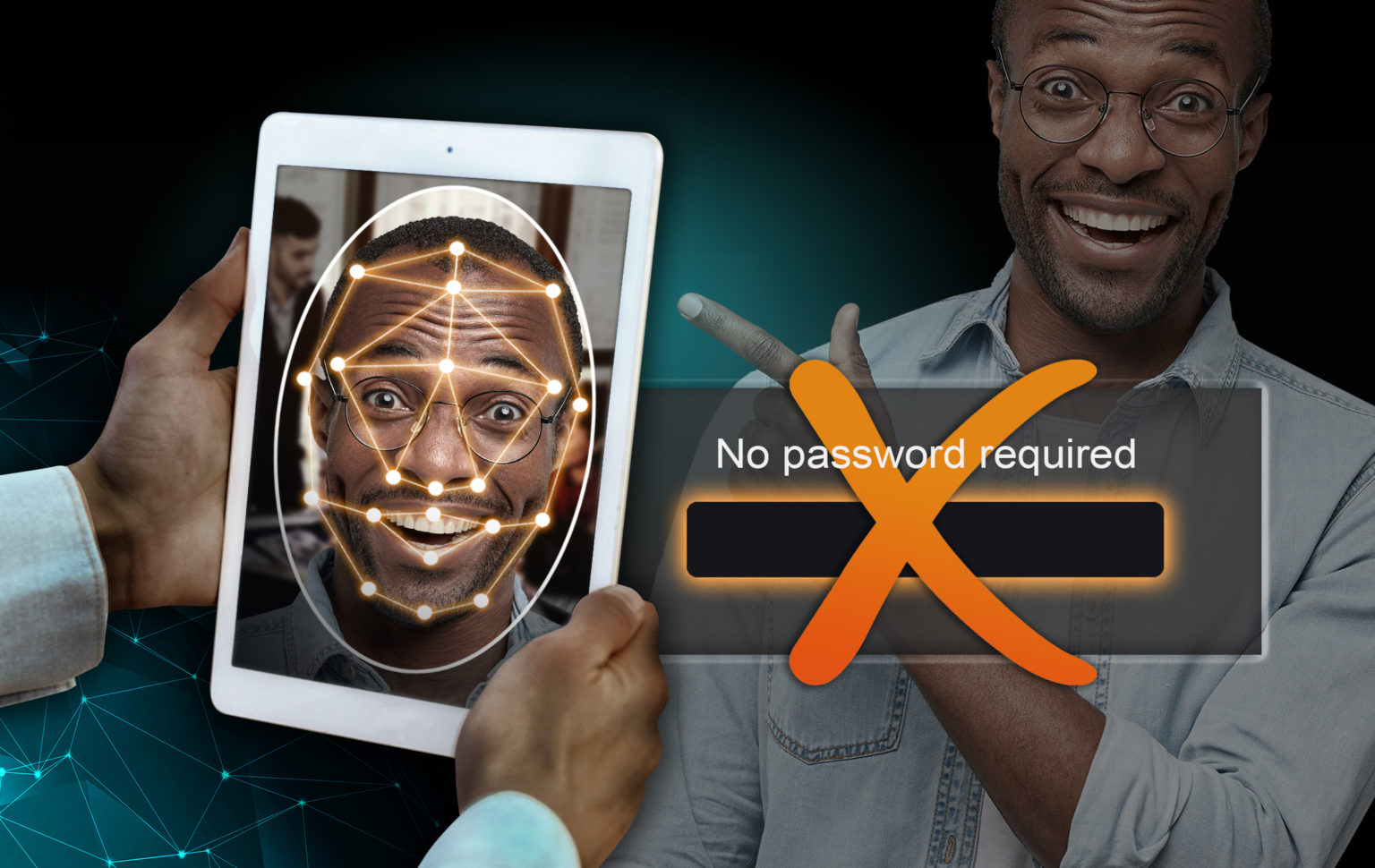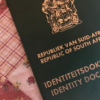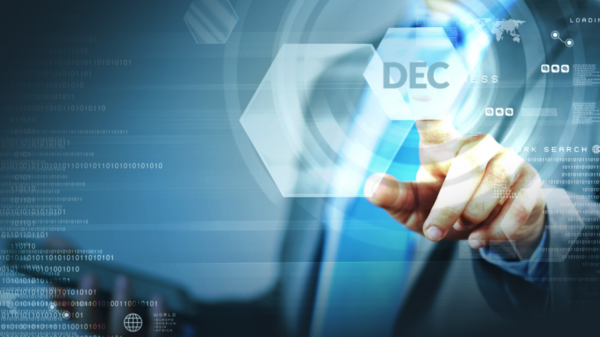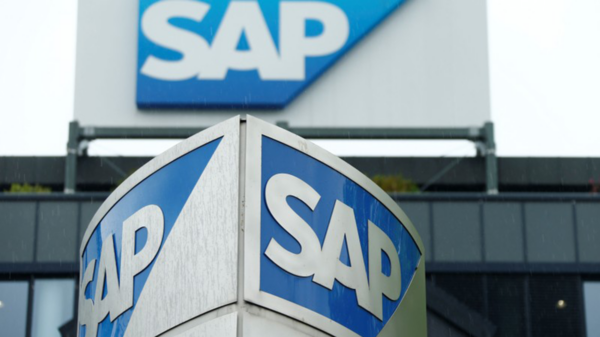Meet the face authentication market leader that provides more security, portability, and convenience than any other biometric.
Given the sudden explosion in online activity, spurred by a global pandemic that caught the business world off-guard and forced in-person transactions to go fully online almost overnight, corporates and their customers could be sitting ducks for cyber criminals. That is, without the right kind of software “brick wall” to block them.
Enter FaceTec: The world’s first liveness detection and face authentication software that is iBeta Level 1 and Level 2 certified, and that is backed by a $100 000 Spoof Bounty Programme to prove its liveness detection can be trusted in real-world unsupervised scenarios.
In Biometrics, Liveness Detection is an AI computer system’s ability to determine that it is interfacing with a physically present human being and not an inanimate spoof artifact. Using 3D liveness face mapping and enrolment, FaceTec proves the correct user is physically present by matching them to their ID Photo or 3D FaceMap.
FaceTec embodies a frictionless, top security experience for genuine users, and acts as an impenetrable brick wall for bad actors.
How it works
During onboarding, FaceTec’s two-second video-selfie verifies Liveness, matches the user’s 3D FaceMap to their Photo ID, and sets up their new account (enrolment). Every time they return, FaceTec’s ongoing authentication again proves Liveness and compares their new 3D FaceMap to the one enrolled. If they match, they get instant access – no password required.
This process is underpinned primarily by three factors:
- Enrolment. The first time a user interacts with FaceTec is when they add their face data to the system. During this enrolment process, a Liveness Check is performed, generating the biometric data that becomes the foundation for the user’s 3D FaceMap. But that is just the beginning. What you can do with this enrolment data, is where the real magic lies.
- Liveness Check. The user’s face is analysed by FaceTec’s AI, and if the images do not contain a live human, the session is rejected as a spoof.
- Liveness Detection. It must be noted that 3D depth detection and face matching alone do not prove liveness. For example, masks and dolls are 3D, but are not alive. FaceTec also uses sophisticated proprietary algorithms to detect concurrent human traits such as skin texture, reflections in the eyes, eye focus, pupil dilation, and many more.
Why FaceTec?
Facial recognition – and biometrics at large – are nothing new. The earliest accounts of biometrics can be dated as far back as 500BC in Babylonian empire, with the first record of a biometric identification system being in 1800s, Paris, France. And facial recognition technology, as we have mentioned previously, originated over 50 years ago.
So there are scores of solutions out there based on technology steeped in biometrics, and scores more that promise security and peace of mind. So how does FaceTec set itself apart, and how does it solidify the promise of security and peace of mind?
The points that follow speak for themselves:
- Faces are the biometric modality that is most accurately verified by humans, and selfies are ubiquitous and intuitive. We don’t recognise other people by their fingerprints, irises, palms or veins, so when an audit trail is needed, face images are the gold standard.
- FaceTec is universal software for modern smart devices or webcams, no special hardware is required.
- FaceTec is integrated into the apps/web pages themselves, so it’s not restricted by device model, OS, or fragmented hardware sensors.
- FaceTec’s encrypted 3D FaceMaps enable portable, cross-platform, cross-device authentication.
- FaceTec’s 3D FaceMaps provide trusted unsupervised authentications because they can’t be reverse-engineered back into biometric data that can spoof the system, making them effectively unshareable and unphishable.
- FaceTec has certified 3D Liveness detection that can be used to authenticate users and/or to verify liveness and run 1:N duplicate checks during onboarding/KYC.
- FaceTec has anonymous age checks, to provide access only to adults for age-gated products.
- FaceTec has a built-in Photo ID capture UI that compares the face on the ID to the 3D FaceMap.
Ultimate solution
Although cybercrime is a worldwide phenomenon that takes no prisoners, South Africa is of the hardest hit.
The country has the third most cybercrime victims worldwide, according to global services and consulting company Accenture, which says the country is losing a massive R2. 2 billion a year because of low investment in cyber security and immature cybercrime legislation.
Given the facts – around both threat and the solution laid out – for corporates that value the protection of customer data, FaceTec is not just another solution, it is the solution. And for their customers, what it offers is the ultimate peace of mind.
REFERENCES
- pbVerify – Facial recognition at the height of efficiency
- FaceTec.com – Frequently Asked Questions
- Liveness.com – Biometric liveness detection explained
- Bioconnect.com – A brief history of biometrics
- Accenture – Insight into the cyber threat landscape in South Africa


